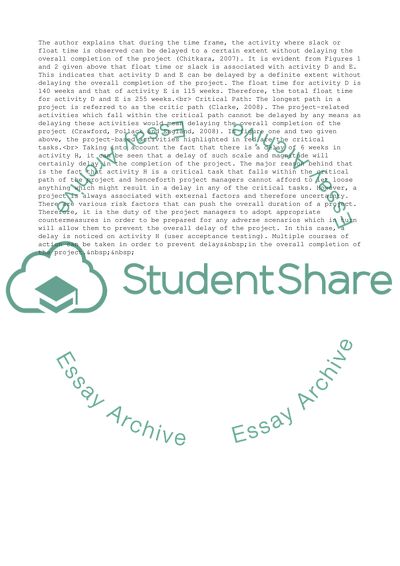Cite this document
(An Extension of the Resource-based View Case Study - 1, n.d.)
An Extension of the Resource-based View Case Study - 1. Retrieved from https://studentshare.org/management/1676742-pm-case-study
An Extension of the Resource-based View Case Study - 1. Retrieved from https://studentshare.org/management/1676742-pm-case-study
(An Extension of the Resource-Based View Case Study - 1)
An Extension of the Resource-Based View Case Study - 1. https://studentshare.org/management/1676742-pm-case-study.
An Extension of the Resource-Based View Case Study - 1. https://studentshare.org/management/1676742-pm-case-study.
“An Extension of the Resource-Based View Case Study - 1”, n.d. https://studentshare.org/management/1676742-pm-case-study.


